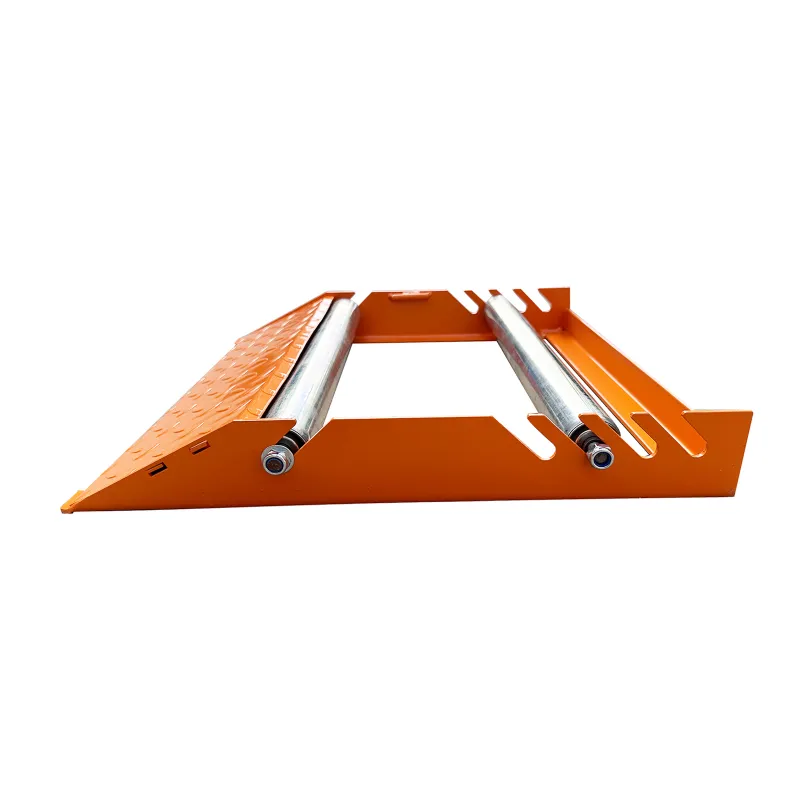
-
 Afrikaans
Afrikaans -
 Albanian
Albanian -
 Amharic
Amharic -
 Arabic
Arabic -
 Armenian
Armenian -
 Azerbaijani
Azerbaijani -
 Basque
Basque -
 Belarusian
Belarusian -
 Bengali
Bengali -
 Bosnian
Bosnian -
 Bulgarian
Bulgarian -
 Catalan
Catalan -
 Cebuano
Cebuano -
 Corsican
Corsican -
 Croatian
Croatian -
 Czech
Czech -
 Danish
Danish -
 Dutch
Dutch -
 English
English -
 Esperanto
Esperanto -
 Estonian
Estonian -
 Finnish
Finnish -
 French
French -
 Frisian
Frisian -
 Galician
Galician -
 Georgian
Georgian -
 German
German -
 Greek
Greek -
 Gujarati
Gujarati -
 Haitian Creole
Haitian Creole -
 hausa
hausa -
 hawaiian
hawaiian -
 Hebrew
Hebrew -
 Hindi
Hindi -
 Miao
Miao -
 Hungarian
Hungarian -
 Icelandic
Icelandic -
 igbo
igbo -
 Indonesian
Indonesian -
 irish
irish -
 Italian
Italian -
 Japanese
Japanese -
 Javanese
Javanese -
 Kannada
Kannada -
 kazakh
kazakh -
 Khmer
Khmer -
 Rwandese
Rwandese -
 Korean
Korean -
 Kurdish
Kurdish -
 Kyrgyz
Kyrgyz -
 Lao
Lao -
 Latin
Latin -
 Latvian
Latvian -
 Lithuanian
Lithuanian -
 Luxembourgish
Luxembourgish -
 Macedonian
Macedonian -
 Malgashi
Malgashi -
 Malay
Malay -
 Malayalam
Malayalam -
 Maltese
Maltese -
 Maori
Maori -
 Marathi
Marathi -
 Mongolian
Mongolian -
 Myanmar
Myanmar -
 Nepali
Nepali -
 Norwegian
Norwegian -
 Norwegian
Norwegian -
 Occitan
Occitan -
 Pashto
Pashto -
 Persian
Persian -
 Polish
Polish -
 Portuguese
Portuguese -
 Punjabi
Punjabi -
 Romanian
Romanian -
 Russian
Russian -
 Samoan
Samoan -
 Scottish Gaelic
Scottish Gaelic -
 Serbian
Serbian -
 Sesotho
Sesotho -
 Shona
Shona -
 Sindhi
Sindhi -
 Sinhala
Sinhala -
 Slovak
Slovak -
 Slovenian
Slovenian -
 Somali
Somali -
 Spanish
Spanish -
 Sundanese
Sundanese -
 Swahili
Swahili -
 Swedish
Swedish -
 Tagalog
Tagalog -
 Tajik
Tajik -
 Tamil
Tamil -
 Tatar
Tatar -
 Telugu
Telugu -
 Thai
Thai -
 Turkish
Turkish -
 Turkmen
Turkmen -
 Ukrainian
Ukrainian -
 Urdu
Urdu -
 Uighur
Uighur -
 Uzbek
Uzbek -
 Vietnamese
Vietnamese -
 Welsh
Welsh -
 Bantu
Bantu -
 Yiddish
Yiddish -
 Yoruba
Yoruba -
 Zulu
Zulu


Вер . 03, 2024 18:21 Back to list
lifting shackles types
Understanding the Types of Lifting Shackles
Lifting shackles are essential components in various lifting and rigging applications, known for their robust design and versatility. These hardware devices typically feature a U-shaped body with a pin or bolt that secures the load, making them indispensable in construction, shipping, and industrial settings. This article explores the different types of lifting shackles, highlighting their unique features and uses in lifting operations.
1. Bow Shackles
Bow shackles are among the most common types of lifting shackles, characterized by their rounded shape that forms a loop. This design allows for the connection of multiple chains or ropes simultaneously, providing a larger load-bearing surface. Bow shackles are typically used in lifting applications where loads are spread out over multiple points. Their strength and versatility make them ideal for general-purpose lifting, rigging, and towing operations.
2. D-Shackles
D-shackles, also known as anchor shackles, have a more rigid, D-shaped design that allows for a direct load application. These shackles are commonly used in situations requiring a high level of strength and security. Due to their design, D-shackles are less likely to twist or turn under load, making them an excellent choice for applications like hoisting heavy machinery or securing equipment to a fixed point. They come in various sizes and materials, including galvanized and stainless steel, for different environmental conditions.
3. Pin Shackles
lifting shackles types

Pin shackles are a type of lifting shackle that feature a removable pin, which allows for easy attachment and detachment. These shackles can be both bow and D-shaped, and they are often used in applications requiring frequent rigging changes or adjustments. The removable pin can be secured with a locking mechanism to prevent accidental release. Pin shackles are favored in construction and heavy lifting tasks, where quick and secure connections are paramount.
4. Heavy-Duty Shackles
Heavy-duty shackles are designed for extreme load-bearing and are typically made from high-strength materials. They are often used in mining, marine, and heavy construction applications where conventional shackles may not suffice. These shackles come in various configurations, including both bow and D-shape, and often feature enhanced safety measures, such as locking pins or safety latches, to prevent accidental disengagement.
5. Safety Shackles
Safety shackles incorporate additional security features such as a locking mechanism or a safety pin to prevent accidental opening. These shackles are critical in high-risk environments where load security is of utmost importance. They are commonly used in aerospace and military applications, as well as in high-stakes industrial settings where load failure could lead to catastrophic outcomes.
Conclusion
Selecting the right type of lifting shackle is crucial for ensuring safety and efficiency in lifting operations. Understanding the different types available—bow, D, pin, heavy-duty, and safety shackles—allows operators to make informed decisions suited to their specific needs. By utilizing the appropriate shackles, professionals can enhance their rigging applications, ultimately leading to safer and more productive outcomes.
Latest news
What Are Construction Tools and How Are They Used?
NewsJul.11,2025
Professional-Grade Duct Rodding Tools for Superior Cable Installation
NewsJul.11,2025
Enhancing Safety and Efficiency with Modern Hot Stick Solutions
NewsJul.11,2025
Empowering Cable Installation with Advanced Rodder Solutions
NewsJul.11,2025
Elevate Your Cable Installation Projects with Cable Pulling Tools
NewsJul.11,2025
Efficient Cable Handling Solutions: Cable Rollers for Sale
NewsJul.11,2025











